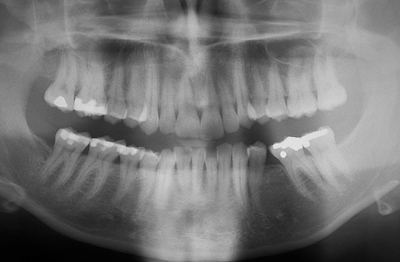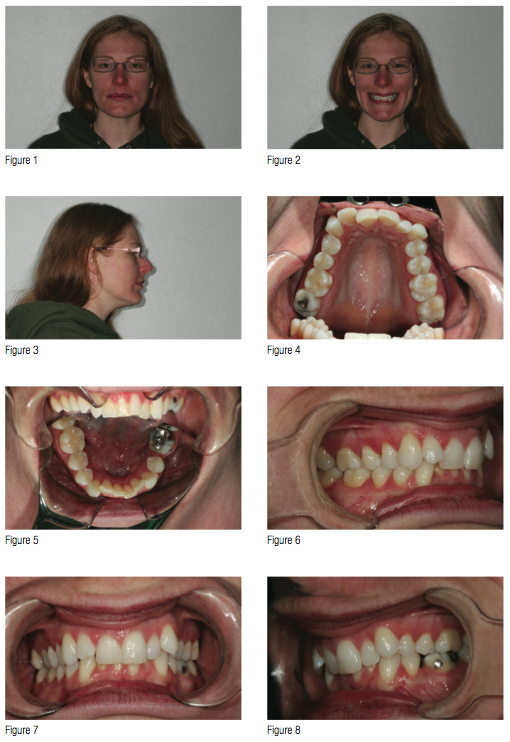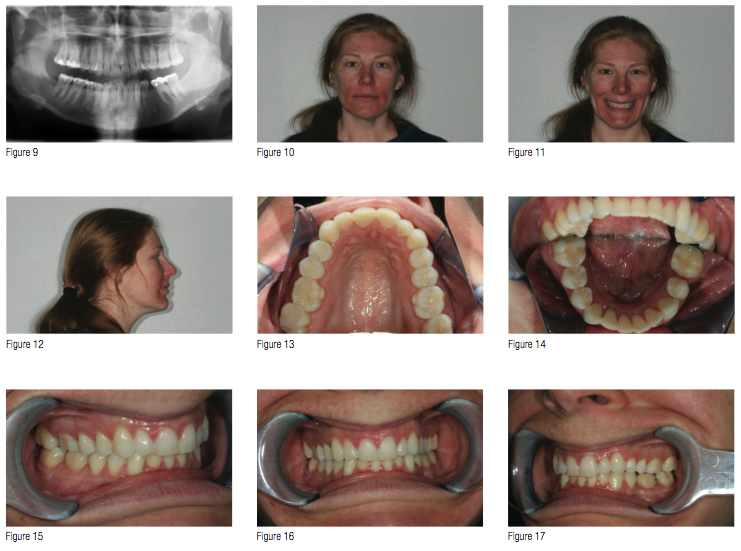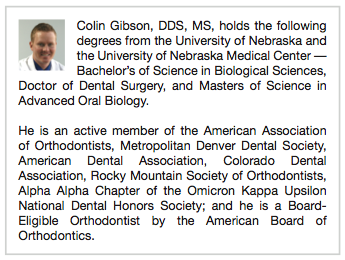
Dr. Colin Gibson presents a case that previously would need fixed-appliance therapy
A 32-year-old female presented with Class I impinging deep bite and moderate to severe crowding. The crowding existed in the maxillary and mandibular anterior segments and was the cause of a maxillary anterior occlusal cant that bothered the patient esthetically (Figures 1-9). Due to her deep bite and grinding habits, she had generalized wear facets anteriorly and posteriorly.
Her periodontal status was that of mild and localized recession and bone loss. She had future plans with her dentist for restoration of tooth No. 19.

This case presented several challenges functionally and esthetically. Impinging deep bite cases are challenging enough with fixed appliances, but our patient was very insistent on clear aligner therapy, specifically ClearCorrect™. We advised her that choosing clear aligner therapy would require consistent cooperation and compliance in order to achieve our lofty goals. She agreed and was eager to begin her correction and achieve the outcomes that we described in our consultation.
This case shows practitioners that fairly dramatic outcomes can be achieved with ClearCorrect clear aligner therapy. The amount of esthetic improvement, crowding resolution, and bite correction achieved could previously be accomplished only with fixed-appliance therapy (Figures 10-17).
Treatment sequence and detail
We delivered her Phase 0 aligners and asked the patient to wear them for 3 weeks. The purpose of the Phase 0 aligners is to ensure proper fit and allow the patient to experience everyday life while wearing the aligners. The patient was treatment planned for 17 total aligners, over 12 months of treatment time, and 12 total appointments. ClearCorrect delivers aligners in “phases” which is four sets of aligners at a time (e.g., 1A, 1B, 1C, 1D; 2A, 2B, 2C, 2D, and so forth). This is beneficial if a patient isn’t compliant, or if the teeth just aren’t tracking as anticipated. You can easily call and halt the production of the subsequent aligners, send in new impressions, and reboot the case from there. This means no wasted aligners, and no added cost for the orthodontist or the patient. So we anticipated receiving five phases, with a total of 17 aligners.
We performed interproximal reduction (IPR) with both double- and singled-sided rotary discs and hand-held finishing strips when necessary. At appointment Nos. 2, 4, and 5, we performed 0.3 mm total IPR, and at appointment Nos. 3 and 6, we performed 0.6 mm total IPR. Engagers were placed on teeth Nos. 21, 24, and 28 prior to delivery of 1C. These engagers were used for distal tipping and distal translation of tooth No. 21. In addition, they aided in lingual torque, extrusion, and facial translation of No. 24, and anchorage on No. 28. Engagers were also placed on teeth Nos. 5, 11, and 12 prior to appointment 2A. These engagers were used for distal rotation and facial translation of tooth No. 5, anchorage on tooth No. 11, and distal tipping and faciodistal translation of tooth No. 12. We placed our engagers using products, including Flow-Tain™ and Enhance™ (Reliance Orthodontic Products, Inc.).
At each visit, we ensured that all contact points were correct using floss and that all engagers were not damaged and were still present.

Finishing and retention
Although this case presented difficulties, no aligner refinements were needed to achieve the desired results. The treatment finished on time (12 months) and with only the 12 projected appointments, which included records, Phase 0, and the first retention visit. We performed a minimal amount of enameloplasty to correct and mask the wear facets that occurred due to her crowding and bite. We provided this patient with in-office fabricated vacuum-formed retainers that were slightly thicker and adjusted to her occlusion due to her grinding habits. She was asked to wear her retainers at night only and to return for a new mandibular retainer after her permanent crown on tooth No. 19 was completed (Figures 11-18).
Summary
 The patient was very pleased with the esthetic improvements in her smile. Her dentist was pleased with the occlusal changes and preparation for temporary and permanent crown restoration of tooth No. 19. The correction of her overcrowded teeth and deep bite will improve her periodontal health and wear of her occlusion over time. This patient has referred several other ClearCorrect patients due to her happiness and satisfaction with her treatment.
The patient was very pleased with the esthetic improvements in her smile. Her dentist was pleased with the occlusal changes and preparation for temporary and permanent crown restoration of tooth No. 19. The correction of her overcrowded teeth and deep bite will improve her periodontal health and wear of her occlusion over time. This patient has referred several other ClearCorrect patients due to her happiness and satisfaction with her treatment.
Stay Relevant With Orthodontic Practice US
Join our email list for CE courses and webinars, articles and mores


